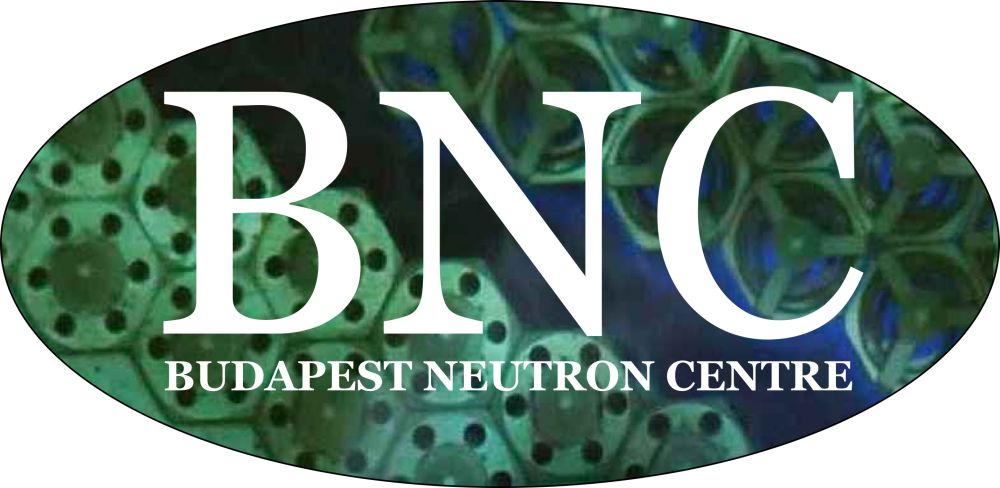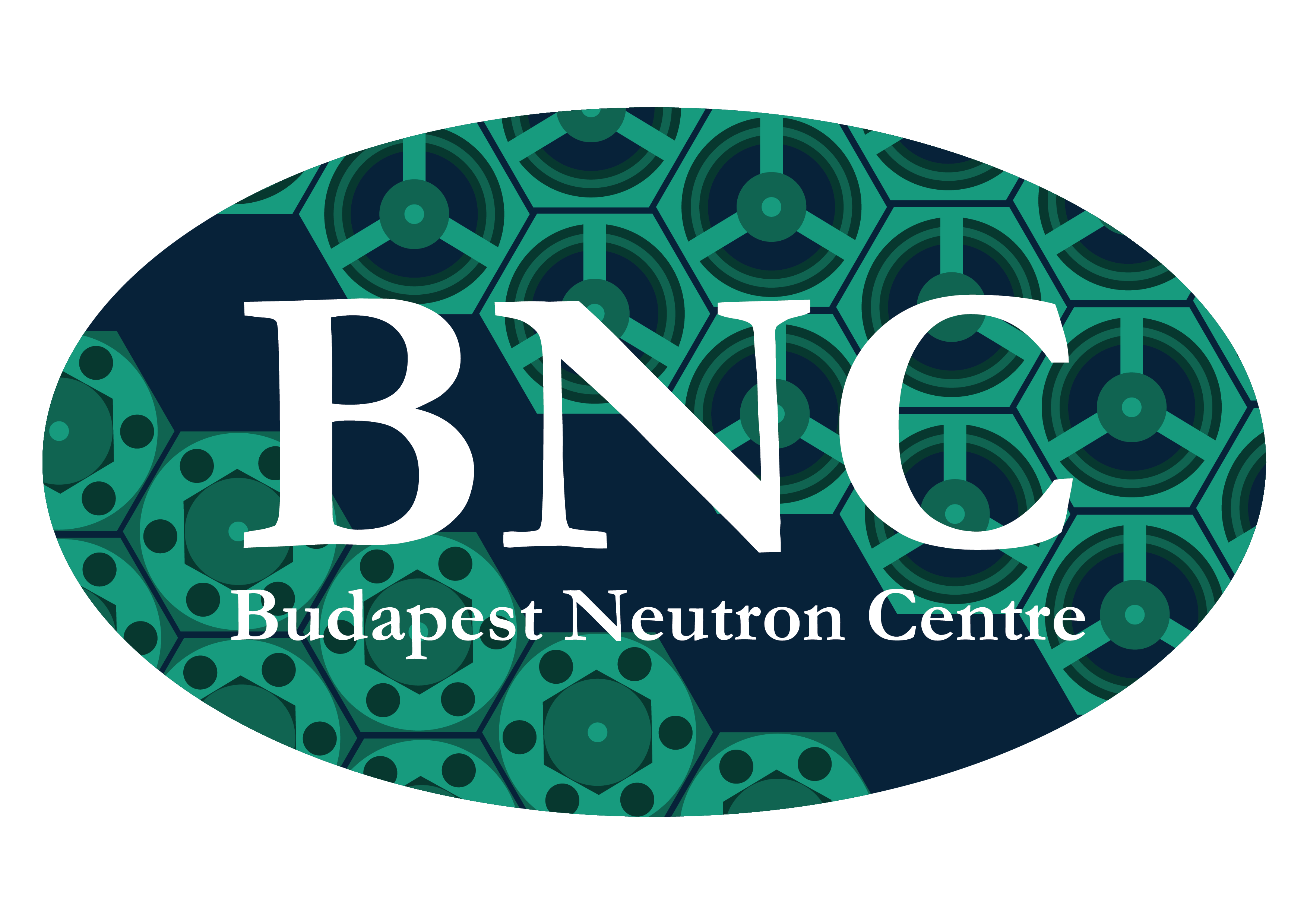History of BNC

Budapest Neutron Centre (BNC) consortium was founded by three research institutes (KFKI Atomic Energy Research Institute, the Research Institute for Solid State Physics and Optics, and the Institute of Isotopes) of the Hungarian Academy of Sciences in 1993 to co-ordinate research activities associated with the Budapest Research Reactor (BRR) on the KFKI science campus. In 2005, a fourth institute, the Research Institute for Particle and Nuclear Physics joint the consortium. With the reorganization of the Hungarian research network, BNC is now a consortium of the Centre for Energy Research (CER) and the Wigner Research Centre for Physics (Wigner CRP). BNC is legally represented by the CER.
BNC - aside from operating the reactor - coordinates the use of the reactor and provides scientific infrastructure for the international user community. Currently 16 experimental stations are offered in the user programme. A major step in the instrument development programme was the installation of the cold neutron source (CNS) facility in 2000. The commissioning of the CNS was followed by the replacement of the former neutron guides by new supermirror guides in both the in-pile and out-of pile sections. In the following years the focus of development gradually shifted towards the improvement of quality and reliability of the experiments and of the sample environment.
The mission of BNC is to provide research opportunities for - according to an ENSA survey - about 500 potential neutron users in the Central-European region. BNC maintains an open access user programme; its instruments are offered through international user programmes. BNC has participated in several EU-supported programmes like NMI3 (Integrated Infrastructure Initiative for Neutron Scattering and Muon Spectroscopy), SINE2020 (Science and Innovation with Neutrons in Europe in 2020), BrightnESS (Building a Research Infrastructure and Synergies for Highest Scientific Impact on ESS), CERIC (Central European Research Infrastructure Consortium), IPERION CH (Integrated Platform for the European Research Infrastructure ON Cultural Heritage) and ERINDA (European Research Infrastructures for Nuclear Data Applications).
